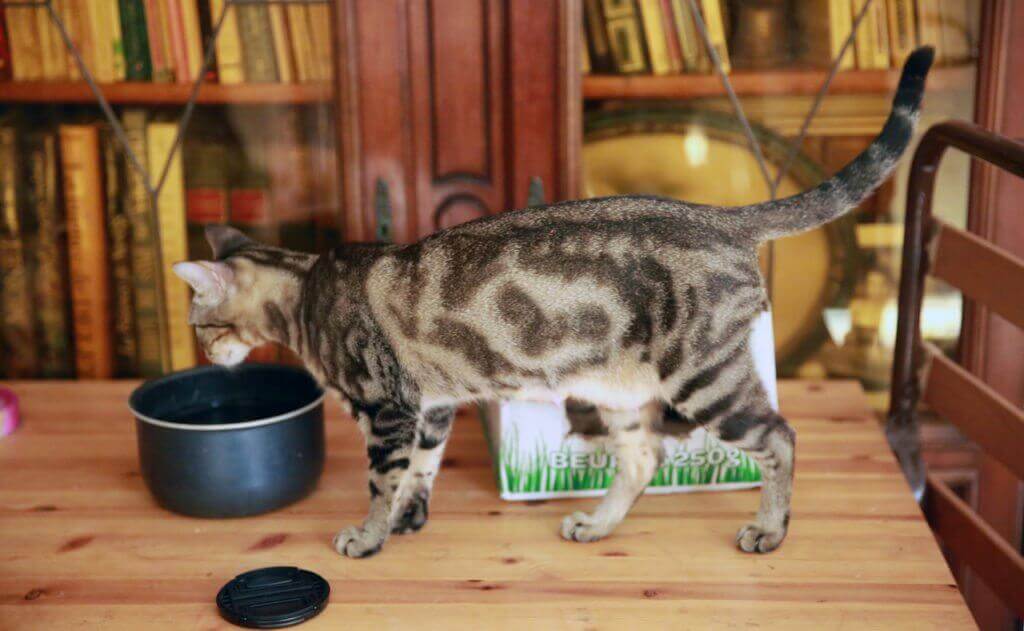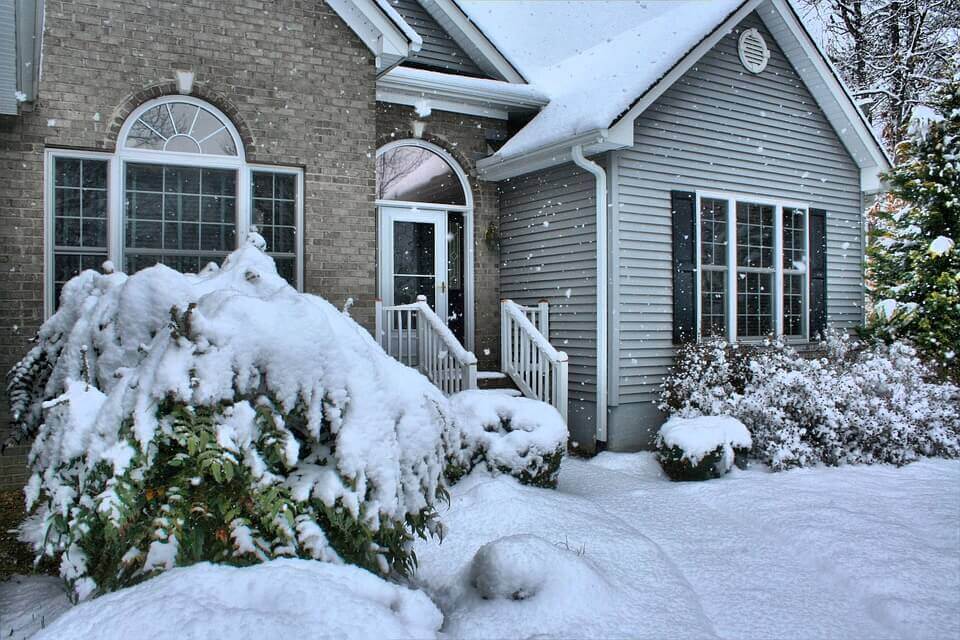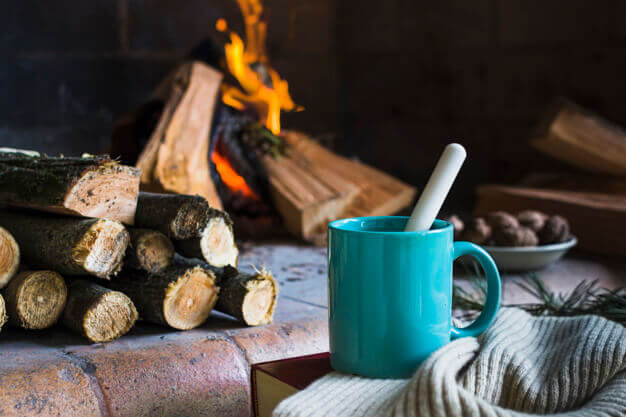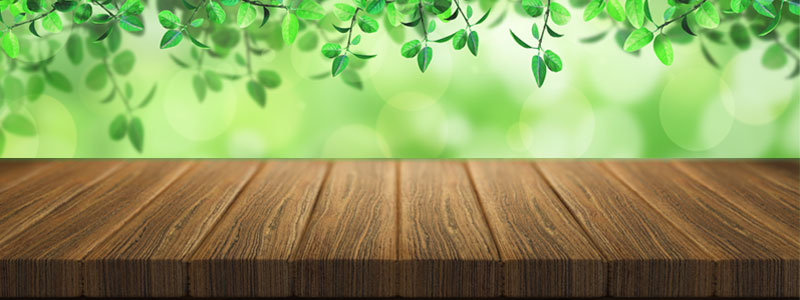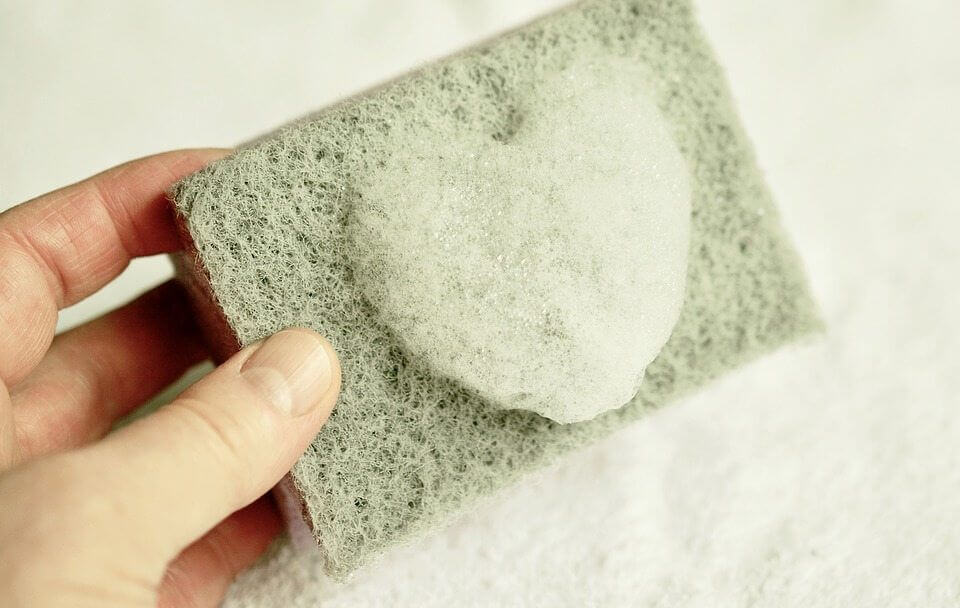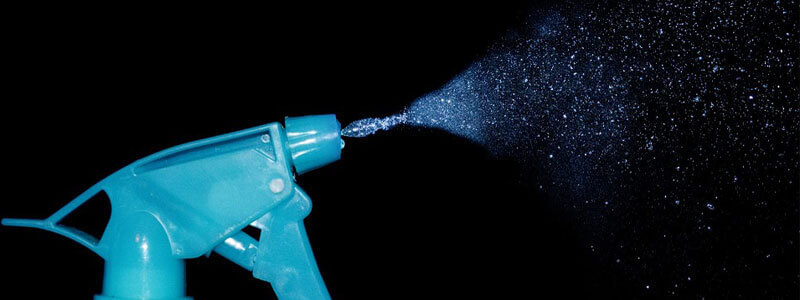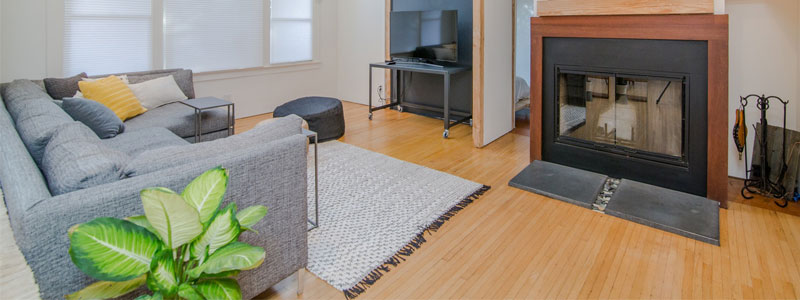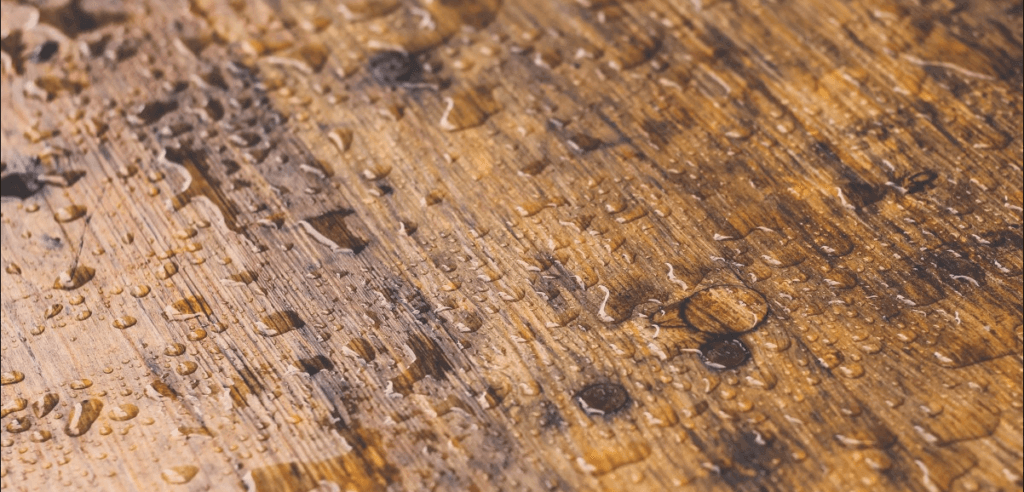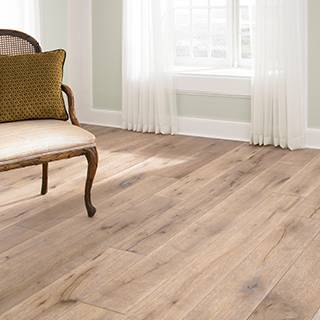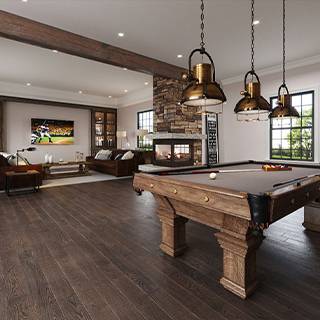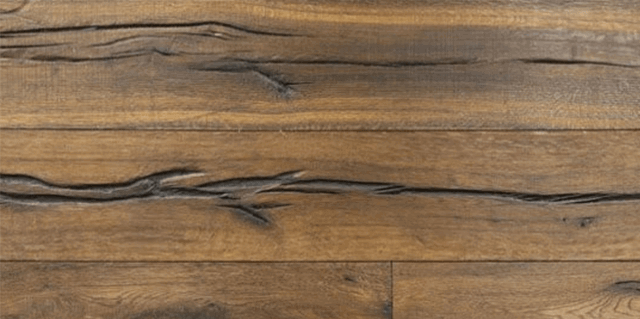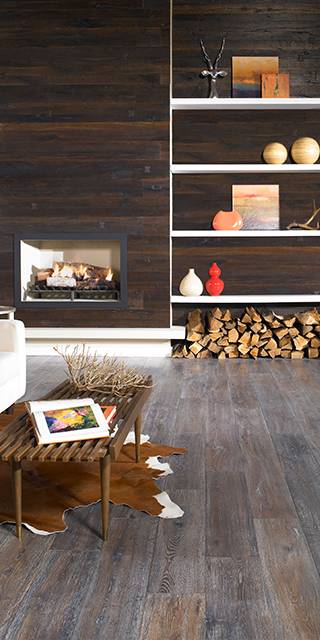Here at MacDonald Hardwoods, we get a lot of questions about how to choose the right hardwood for a home with pets. But what about maintaining your hardwood once you and your pets move in?
The key to keeping hardwood beautiful, pets or no pets, is keeping it clean. When dust is allowed to accumulate on your hardwood, it becomes like very fine sandpaper underfoot, slowly rubbing away the finish and causing your floor to appear dull and uneven. One of the best ways to do that, especially when dogs or cats are tracking dirt and dust around throughout the day, is to vacuum or dry mop several times a week.
What to use? Well, we have a favorite dry mop that we recommend and even sell in our store, but there are a variety of options. Try to make sure that, whatever you use, the head is made of soft cotton, terry, or microfiber cloth that will attract even the smallest dust particles and will not scratch your finish. Also, whether mopping, sweeping or vacuuming, always try to go with the grain of the wood; this will enable you to capture those little bits that may have filtered down between boards or into the ridges.
More and more often, people have started using vacuum cleaners to remove dust, dirt, and pet hair from their hardwood floors. They can be more effective for getting the smaller particles out from between hardwood planks and for getting into the tight areas where the wood meets the wall. Many vacuum cleaners also have filters designed to remove allergens, including pet dander, from the environment. There are some things to be careful of when using a vacuum cleaner on your hardwood, though.
1. SAY NO TO BRUSHES.
First and foremost, never use the beater brush typical of most vacuum cleaners on a bare floor. Not only will it scatter dust and debris away from the suction of the vacuum, the hard, but powerfully spinning bristles will also cause damage to hardwood finishes. Most modern vacuum cleaners have a switch that allows you to raise or still the rotating brushes. Many also have unique heads or pads designed especially for hardwood that can be attached to the vacuum hose or cleaning head.
2. BEWARE OF BAD WHEELS.
You will want to make sure that any wheels that will be rolling over the surface of your floor use higher-quality rubber, rather than cheap plastic. The hard plastic can easily scratch hardwood. Even rubber wheels should be checked to make sure they are free of debris before they come in contact with your floors. It is for this reason that canister vacuum cleaners are often more popular with hardwood floors owners, as their bulk remains relatively stationary while you clean.
3. THINK ABOUT LARGER DEBRIS.
With pets, you also want to consider whether your vacuum cleaner is powerful enough and designed to pick up larger debris like pet food, kitty litter, or the unrecognizable remains of whatever it was your new puppy just devoured. If you try to clean these things up with a low-quality vacuum, you will end up pushing and dragging them around under the machine, leaving a mess at best and damaging your hardwood. It is better to gently sweep debris up before vacuuming or to use a machine specifically designed with this in mind (we mention a few below).
4. DON’T MAKE A MESS CLEANING YOUR CLEANER.
An increasing number of vacuum cleaners these days utilize a bagless collection method, which allows you remove a canister, empty it out, and replace it for reuse. Some of these, though, can cause a real mess when you open them. You want to make sure that your vacuum’s disposal process is not going to make an even bigger mess than what you started out with, so consider machines that use bags or that have self-sealing collars or dust cups and smooth-release mechanisms.
5. CONSIDER THE WEIGHT.
When vacuuming carpeting, having the extra weight of a sturdy upright can be helpful for getting down to the grit that tends to get embedded in the pad and deep fibers. The opposite is true for bare floors. With hardwood, you want a machine that is light and agile. Everything you need to clean is right there on the surface, so you don’t need the extra weight, and the heavier your vacuum cleaner, the more likely it is to cause scratches as it rolls over the floor, especially on turns.
There is a lot of information out there about which vacuum cleaners are best for hardwoods floors, and there is a lot of information about which ones are best for collecting pet hair and other pet-related debris. Check out our Guide to the Most Recommended Machines to learn more about which vacuum cleaners seem to excel at both.

